Circa 2009 could used for a new fusion reactor using only a magnet.
Physicist Stewart E. Barnes and his collaborators at the Universities of Tokyo and Tohoku, Japan, have created a device that can store energy in nanomagnets.
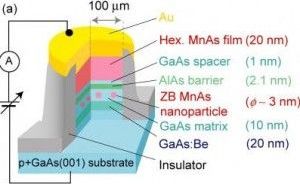

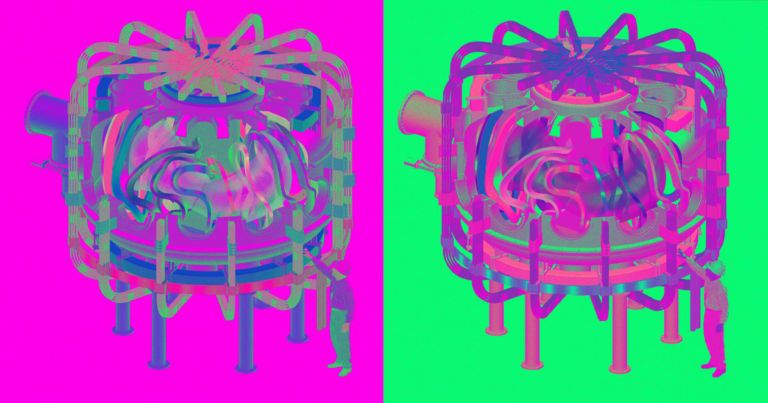
Long Haul
There’s a lot that needs to happen before that pilot fusion plant gets built — if scientists had already conquered the challenges of practical nuclear fusion then the report wouldn’t have been necessary.
“This is the first time in a generation when the fusion community has been called upon to self-organize and figure out its highest priorities for getting from fusion science to fusion energy,” Bob Mungaard, CEO of Commonwealth Fusion Systems, said in the release. “How we can get ready, with data, experience, test facilities — the things that are needed to support the science, and eventually an industry.”
[en] In order to continue cold nuclear fusion reaction reliably and easily, gases of deuterium or deuterium compounds are introduced to a plasma reaction vessel and electric energy is applied to convert the gases into plasmas. Further, deuterium ions are attracted to the surface of materials which cause nuclear fusion by an electric field which is negatively self-biased or externally biased. Atomic deuterium collides against the surface of a cathode on the side of palladium to cause nuclear fusion reaction at the surface or the vicinity of the inside of the cathode. Since a metal absorbing a great amount of deuterium is used as the material for the cathode in order to improve the efficiency and the absorption is increased at a low temperature, the cathode is cooled by liquid hydrogen. Further, the deuterium is introduced in the form of blowing so as to increase the absorption of the deuterium. When the scale is increased by 10 to 1000 times, practical fusion reaction can be caused to utilize as a controllable energy source which can provide a remarkable industrial effect. (N.H.)
Primary Subject
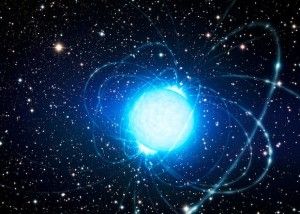

Permanent magnets akin to those used on refrigerators could speed the development of fusion energy – the same energy produced by the sun and stars.
In principle, such magnets can greatly simplify the design and production of twisty fusion facilities called stellarators, according to scientists at the U.S. Department of Energy’s (DOE) Princeton Plasma Physics Laboratory (PPPL) and the Max Planck Institute for Plasma Physics in Greifswald, Germany. PPPL founder Lyman Spitzer Jr. invented the stellarator in the early 1950s.
Most stellarators use a set of complex twisted coils that spiral like stripes on a candy cane to produce magnetic fields that shape and control the plasma that fuels fusion reactions. Refrigerator-like permanent magnets could produce the hard part of these essential fields, the researchers say, allowing simple, non-twisted coils to produce the remaining part in place of the complex coils.

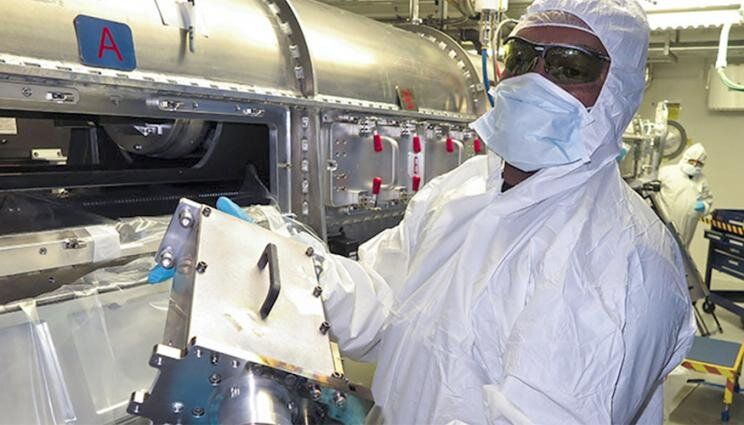
At its peak, a NIF inertial confinement fusion (ICF) implosion lasts about 100 trillionths of a second. The imploded fuel is a hundred millionths of a meter in diameter and as much as eight times denser than lead. The center of the imploded capsule is a few times hotter than the core of the sun.
Developing a clear understanding of exactly what’s happening in a NIF implosion under those extreme conditions is one of the biggest challenges researchers face as they work toward achieving fusion ignition on the world’s largest and highest-energy laser system.
To help meet that challenge, Lawrence Livermore National Laboratory (LLNL) and its partner laboratories and universities have designed and built an extensive suite of more than a dozen nuclear diagnostics, with more on the way.
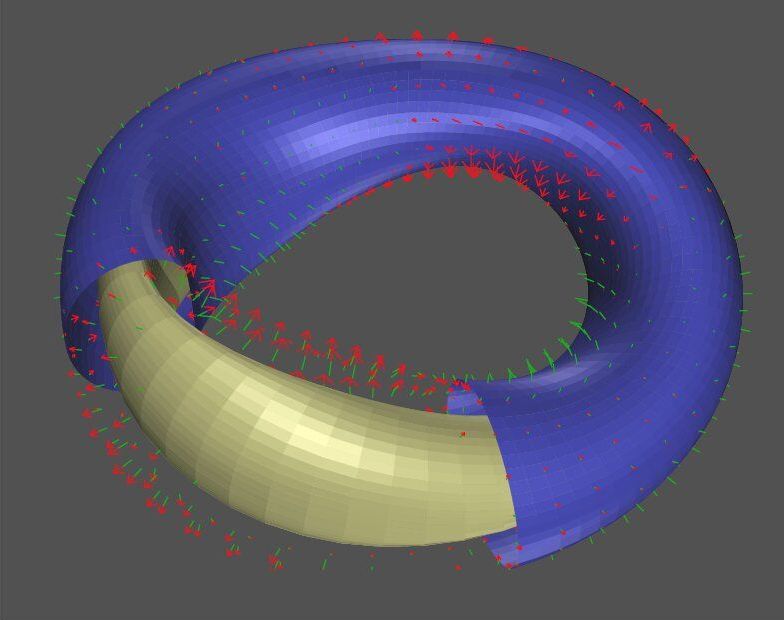
Permanent magnets akin to those used on refrigerators could speed the development of fusion energy—the same energy produced by the sun and stars.
In principle, such magnets can greatly simplify the design and production of twisty fusion facilities called stellarators, according to scientists at the U.S. Department of Energy’s (DOE) Princeton Plasma Physics Laboratory (PPPL) and the Max Planck Institute for Plasma Physics in Greifswald, Germany. PPPL founder Lyman Spitzer Jr. invented the stellarator in the early 1950s.
Most stellarators use a set of complex twisted coils that spiral like stripes on a candy cane to produce magnetic fields that shape and control the plasma that fuels fusion reactions. Refrigerator-like permanent magnets could produce the hard part of these essential fields, the researchers say, allowing simple, non-twisted coils to produce the remaining part in place of the complex coils.
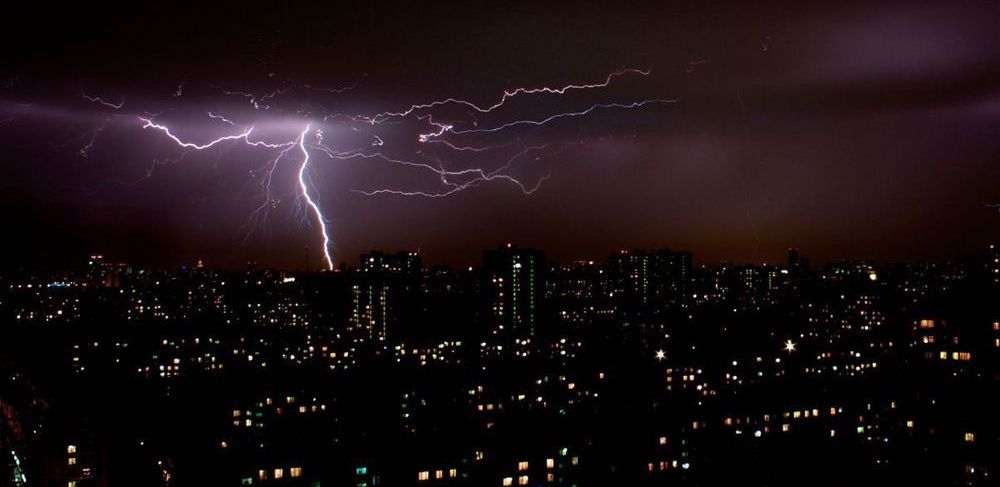
Circa 2017 o.o
Lightning is nuts. It’s a supercharged bolt of electricity extending from the sky to the ground that can kill people. But it can also produce nuclear reactions, according to new research.
Scientists have long known that thunderstorms can produce high-energy radiation, like this one from December, 2015 that blasted a Japanese beach town with some gamma radiation. But now, another team of researchers in Japan are reporting conclusive evidence of these gamma rays setting off atom-altering reactions like those in a nuclear reactor.